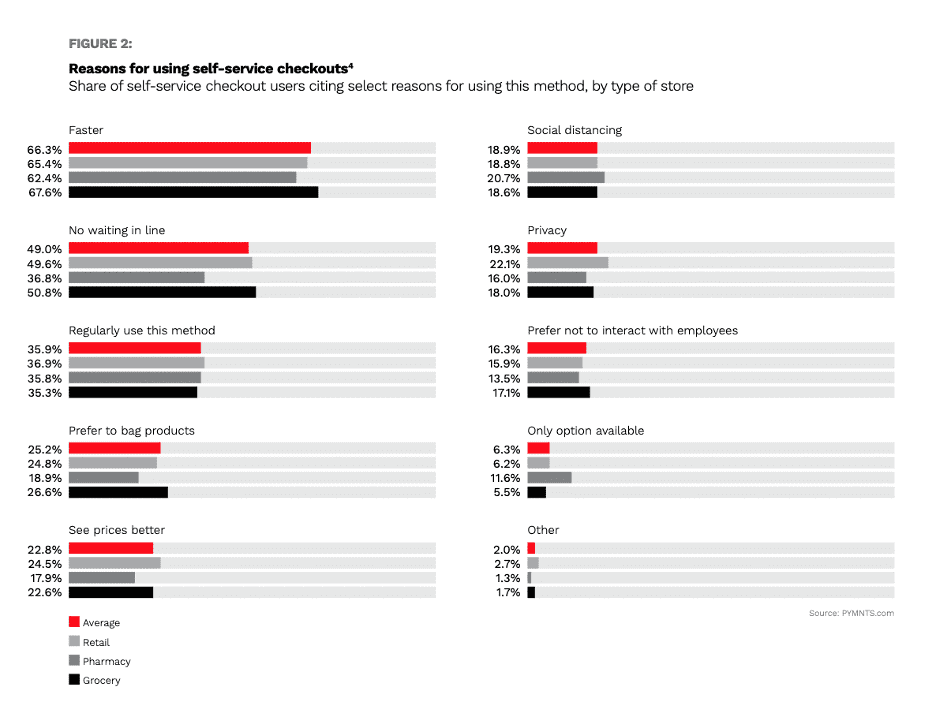
Robots are stepping in to fill the holes left by the restaurant industry’s labor shortage. On Wednesday (Oct. 6), Jamba (nee Jamba Juice) announced the opening of the second location of its robotic smoothie kiosk pilot.
The kiosk is at a mall in Downey, California, and it comes 10 months after the Blendid Jamba collaboration, which opened inside a Walmart in Dixon, California late in 2020. The kiosk uses robotics and artificial intelligence (AI) to assemble customers’ orders, which they can place either in contactless mode through Blendid’s app or in person at a self-service tablet at the kiosk.
Read more: Blendid, Jamba Team Up To Open Robotic Smoothie Kiosk At Walmart
“Our first Jamba by Blendid pilot location in Dixon, CA allowed us to prove that, working together with Jamba, our platform can provide the quality guest experience, amazing smoothies and reliability that live up to the Jamba brand,” Vipin Jain, CEO and co-founder of Blendid, said in a statement. “Seeing families and friends engage with the Jamba by Blendid kiosk at Walmart at all hours of a day has been very satisfying for us. Now, we’re ready to accelerate our growth plans and open even more successful locations in the months and years ahead.”
The Context
While robotic solutions for time-intensive food preparation and production tasks have been in demand since they became technologically feasible, this demand has skyrocketed in recent months, with the pandemic accelerating restaurant industry labor trends, leading to a severe shortage. Robots have emerged to automate pizza-making, salad assembly, and even cereal bowl mixing.
Related news: Could DoorDash’s Latest Acquisition Herald The Automated Future Of Food Prep?
Kellogg’s Eyes Return Of Breakfast To-Go With On-Campus Cereal Robot
Complex, non-alcoholic beverages such as Jamba’s smoothies have been among the first food and beverage items to get the automation treatment. In train stations in Singapore, for instance, robotic kiosks have been serving the function typically fulfilled by human-manned coffee shops, and in the United States, automated boba bar startup Bobacino is working to bring its robotic kiosks to market. For its part, Blendid has a handful of locations across Northern California, and last month the company announced an oversubscribed funding round bringing its total funding to $20 million.
You may also like: Robot Baristas Invade Singapore Subway Stations To Keep Commuters Caffeinated
What the Experts are Saying
Robotic solutions such as these can help restaurants capture the digital ordering boom in spite of their labor challenges.
“Part of the labor shortage is also driven by digital orders, which grew tremendously during the pandemic and aren’t going away — so digital orders means that you can get many, many more orders instantaneously than you could ever get with a walk-in, a call-in, or a sit-down customer base,” Clayton Wood, chief executive officer at Picnic, told PYMNTS in an interview. “It’s an operational challenge … but it’s an opportunity for those who can get the right technology applied.”
The space is growing quickly.
“I’d say partially automated or semi-automated food production — that’s going to be the norm within five to 10 years, no doubt,” Stephen Klein, co-founder and CEO and of kitchen automation company Hyphen, told PYMNTS. “If you’re ordering from your phone, and the only interaction you’re having with the restaurant is through that digital device, it really doesn’t matter who’s making your food, as long as it’s fresh, fast and consistent.”
See also: Kitchen Automation Turns Digital Order Volume From Challenge To Opportunity
Hyphen’s Restaurant Robotics Fend Off Delivery Giants
By the Numbers
The vending machine is ready for this upgrade for the 2020s. Having grown used to self-service technologies in the early months of the pandemic, avoiding face-to-face contact, consumers want to use self-service options such as robotic kiosks. Research from “Today’s Self-Service Shopping Journey: The New Retail Expectation,” a PYMNTS and Toshiba collaboration, finds that 80% of in-store shoppers like the idea of nontraditional checkout, and about two-thirds of self-service checkout users say they choose the option because it is faster.

Related news: Consumers Want Self-Service Checkout Options But Rarely Get to Use Them